Predicting the future
We're looking at current and forecasted water use, for public water supply, other sectors and our environment, and weighing up the balance between water demand and supply availability up until 2050.
Public water supply
Our work on public water supply is technical and detailed, to ensure that it meets our need to maintain resilient public water supplies and to meet regulatory and legislative expectations. We create forward forecasts of supply and demand to determine whether we may have a future deficit – where demand may begin to exceed supply. Within this, we include allowances for uncertainty and other factors like water treatment works availability.
Where there's an imbalance between the available supply and the forecast demand we're able to predict a deficit for that area and look at ways to prevent that deficit. Ways we can prevent deficits include actions to reduce demand, increase supply, or a combination of both. This includes reducing leakage and working with customers to reduce the amount of water that they use (per capita consumption, PCC). Over the next five years, water companies in the North plan to reduce leakage by 12% and are aiming to reduce customers’ use to 125 litres of water per person per day on average.
Non-public water supply
Forecasting water needs for sectors outside public water supply is much less mature in its approach, and we are working closely with key stakeholders to develop estimates of future use. The National Framework for Water Resources (insert link) included some forecasts for future needs, which we can use to help shape our plan. However, where possible we want to supplement this information with more detailed information that is specific to our region.
This will include understanding the potential future water needs of the energy sector, particularly as we transition to a net zero carbon emissions nation. Emerging technologies such as the hydrogen economy and carbon capture and storage may have a significant impact on water demands in our region. In addition, we need to ensure that we have sufficient water available for our agricultural economy, although for this sector too there are many variables to take into account.


